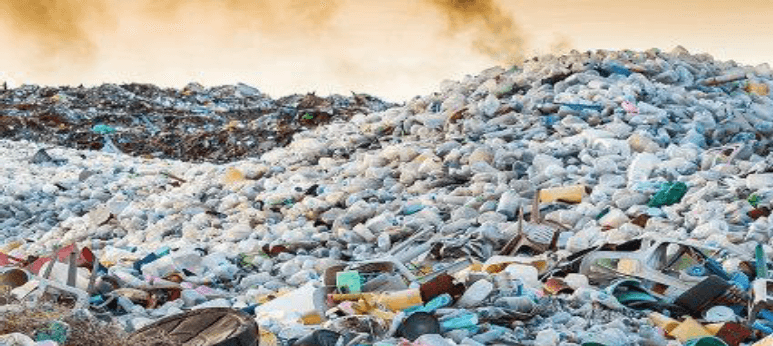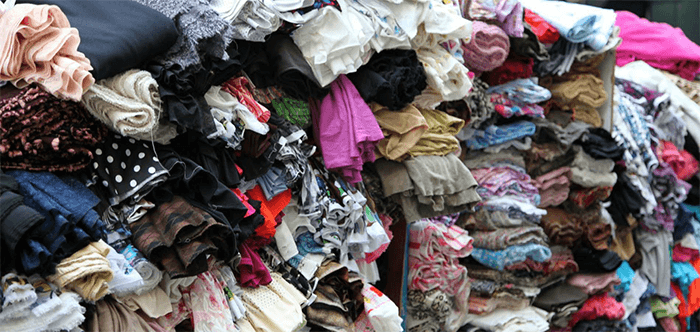

Today, Recycling issues surrounding environmental sustainability has gained world-wide importance. As developing countries refuse to take in waste, more plastics and other recyclable materials are ending up in landfills, incinerators, or simply littering the environment. The rising costs to haul away recyclable materials increasingly render the practice unprofitable, as well it is aggravating the burden on local department. In England, more than half a million more tons of plastics and other household garbage were burned last year. Australia’s recycling industry is facing a crisis as the country struggles to handle the 1.3 million-ton stockpile of recyclable waste. The United States 2018 EPA Report on the Environment found significant parts of landfill consists of various types of material that could be recycled given the right sorting infrastructure.
Globally, there is an urgent need to find a way to reduce the harm of the plastics waste on our environment. The ability to expand recycling ability starts with an ability to identify and classify scrap materials. To be able to address this critical issue for identifying scrap materials in a meaningful way, requires the analysis to be implemented on site, so the identifications and subsequent sorting decisions can be made rapidly. To meet these requirements, the analysis must be cost-effective, able to be performed on-site, and to have the technology and analytical results accessible to a wide range of users all over the world.





